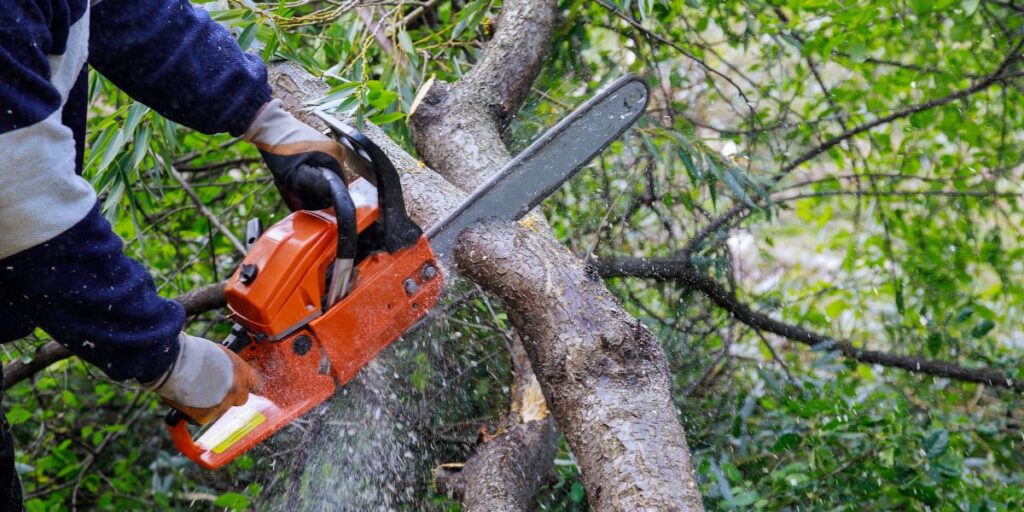Introduction
Tree removal is often necessary for safety, health, or property reasons. However, the cost of professional tree removal can be a concern for many homeowners. affordable tree removal services exist, but it is important to ensure that lower costs do not compromise safety or quality. This article explores how to find budget-friendly tree removal options that maintain high standards. It covers the factors that influence pricing, essential safety protocols, quality assurance practices, and available service options. Understanding these elements helps property owners make informed decisions without risking safety or quality.
Understanding Cost Factors in Tree Removal
Factors Affecting Tree Removal Prices
The cost of tree removal depends on several key factors. Tree size plays a major role, as larger trees require more labor and equipment. Location also affects pricing; trees close to structures or in difficult-to-access areas increase complexity. Species matters because some trees have denser wood or fragile branches, requiring careful handling. Accessibility impacts the amount of time and effort needed to safely remove the tree. These attributes contribute to the overall complexity and labor intensity of the job. Transparent pricing reflects these factors and helps customers understand what they are paying for.
How to Identify Affordable Yet Reliable Services
Affordable services balance cost with quality by offering an appropriate service scope and using good-quality equipment. Companies that cut corners on equipment or limit service scope may reduce costs but risk safety and results. Cost-effectiveness comes from efficient methods and experienced crews that do not compromise on safety standards. Identifying such providers involves comparing service details and ensuring the equipment used meets professional standards.
Safety Standards in Affordable Tree Removal
Industry Safety Protocols to Expect
Professional tree removal companies follow established safety protocols. Compliance with OSHA standards ensures that crews operate under strict safety guidelines. ISA-certified arborists bring expertise in safely handling tree removal tasks. Crew training is essential for managing risks, and regular equipment maintenance guarantees reliable performance. These attributes focus on injury prevention and maintaining safe operations throughout the removal process.
Common Safety Risks and How Professionals Manage Them
Tree removal involves risks such as falling branches, nearby power lines, and unstable trees. Professionals conduct thorough risk assessments to identify hazards before work begins. Mitigation techniques include controlled cutting, using rigging systems to lower branches safely, and coordinating with utility companies to manage power line risks. These measures protect both property and workers during the entire process.
Ensuring Quality While Keeping Costs Low
Professional Techniques for Efficient Tree Removal
Efficient tree removal uses precision pruning to reduce unnecessary damage to the remaining landscape. Rigging techniques control the descent of large limbs, preventing collateral damage. Stump grinding removes tree bases, enhancing safety and improving the site’s appearance. These professional techniques maintain property health and prevent costly repairs after removal.
Use of Modern Equipment to Improve Efficiency
Modern tools such as cranes, wood chippers, and advanced chainsaws increase the speed and safety of tree removal. Cranes allow for the careful lowering of heavy branches, while wood chippers quickly reduce debris volume, lowering cleanup time and costs. Chainsaws with safety features reduce the chance of accidents. Efficient equipment contributes to reduced labor costs while delivering high-quality results.
Service Options to Fit Various Budgets
Full-Service Tree Removal vs. DIY Approaches
Full-service tree removal employs trained crews with specialized equipment, minimizing risks and ensuring professional results. In contrast, DIY tree removal involves rental equipment and often limited expertise, increasing liability and safety risks. When considering costs, it is important to weigh the potential expenses of accidents or property damage against initial savings from DIY attempts. A professional crew’s expertise often provides better value despite higher upfront costs.
Payment Plans and Discounts Offered by Tree Service Providers
Many tree service providers offer financing options or seasonal discounts to improve affordability. Payment plans allow customers to spread costs over time without sacrificing service quality. Seasonal discounts, often available in slower months, provide additional savings. These options increase access to professional services while maintaining safety and quality standards.
How to Choose the Right Affordable Tree Removal Service
Checking Credentials and Insurance
Reliable companies hold proper licensing and liability insurance. Licensing confirms compliance with local regulations and standards. Liability coverage protects clients from financial risk related to accidents or property damage. These credentials establish trust and legal protection.
Reading Reviews and Asking for References
Customer reviews and referrals offer insight into a company’s reputation and service reliability. Positive feedback reflects consistent performance and client satisfaction. Verifying references provides direct information about past projects and professionalism.
Requesting Detailed Estimates and Clear Communication
Obtaining detailed estimates ensures transparency in pricing. Clear communication about costs, timelines, and procedures helps avoid hidden fees and misunderstandings. This openness supports informed decision-making and builds confidence in the chosen provider.

